How can artists use neural networks as creative tools? I analyzed the uses of this technology with the goal of determining how adjustments to the neural network’s parameters could affect visual output. I conducted experiments using a reference implementation of a Generative Adversarial Network, documented the results, and suggested a graphical user interface to make the technology more accessible to artists.
Introduction
Given a large set of input-output pairs, a neural network can be trained to mimic the function f(x) that produced those pairs. Goodfellow et al. first proposed Generative Adversarial Networks, showing how a neural network could be trained to produce images that appear as if they came from the training dataset.
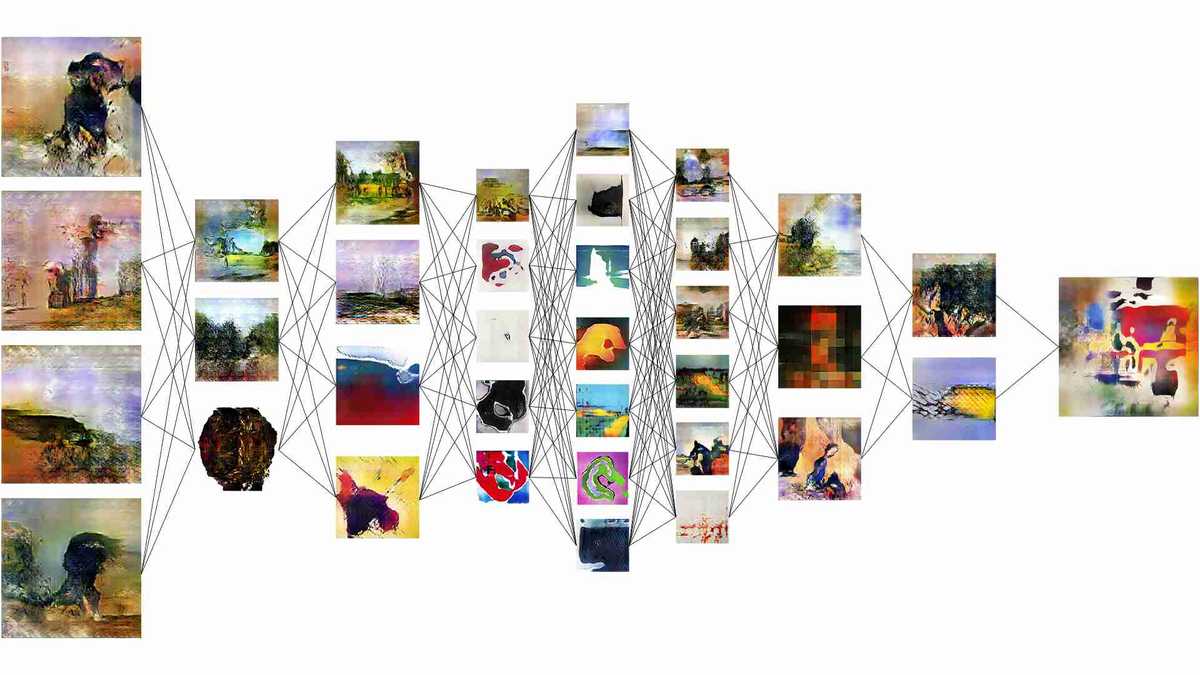
Research Questions
Influenced by my coursework in both Computer Science and the liberal arts, my research questions straddled Machine Learning, Human-Computer Interaction, and Philosophy. The research questions were:
Datasets
The simplest way to influence the output images is by curating the images in the dataset used to train the model.
I conducted my experiments on two different datasets: Impressionist and Abstract Expressionist. I created these datasets by downloading real artworks with specific style tags from WikiArt, a free online visual encyclopedia.
Impressionist
3,684 works of 19th century Impressionist painting, including:
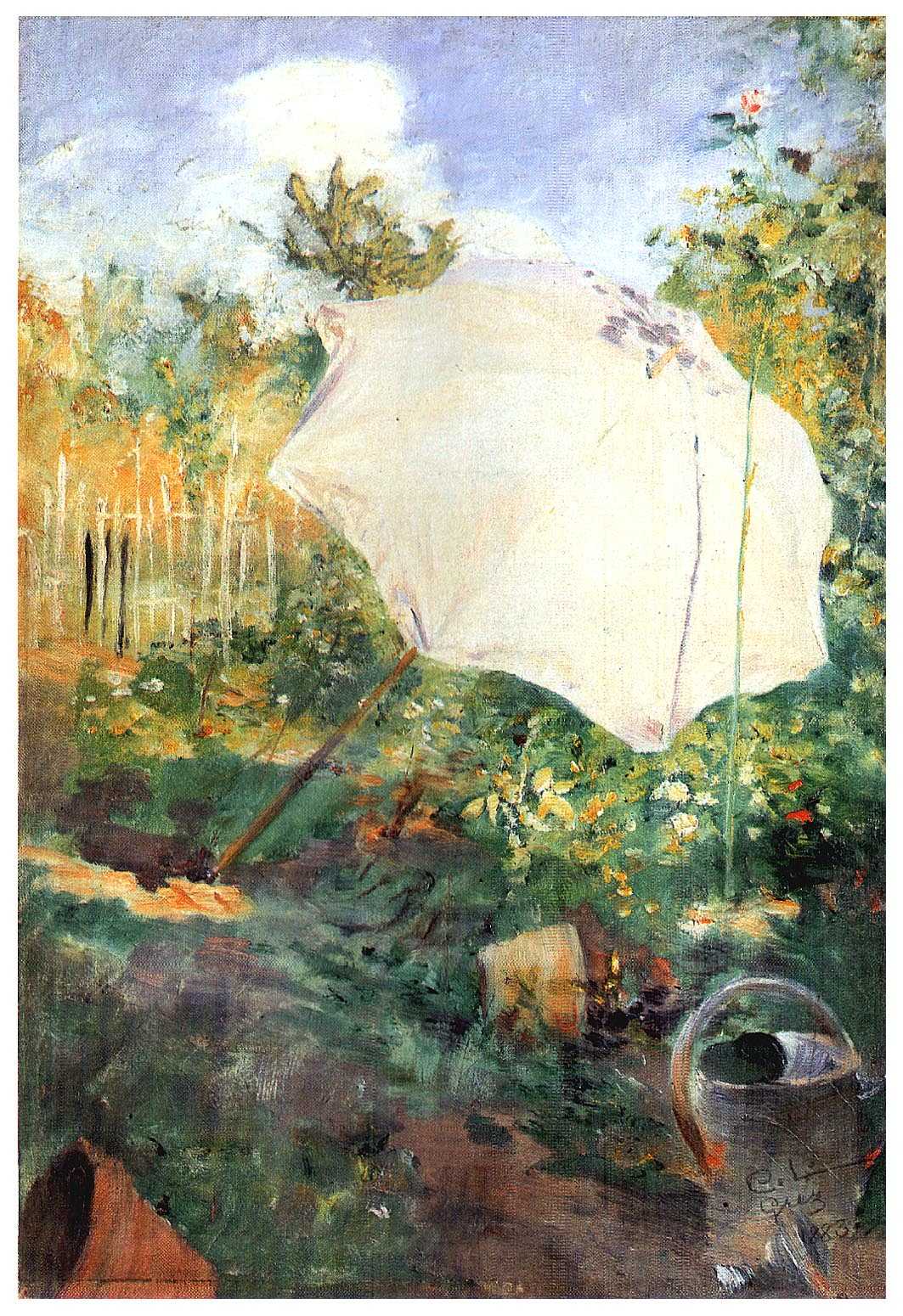
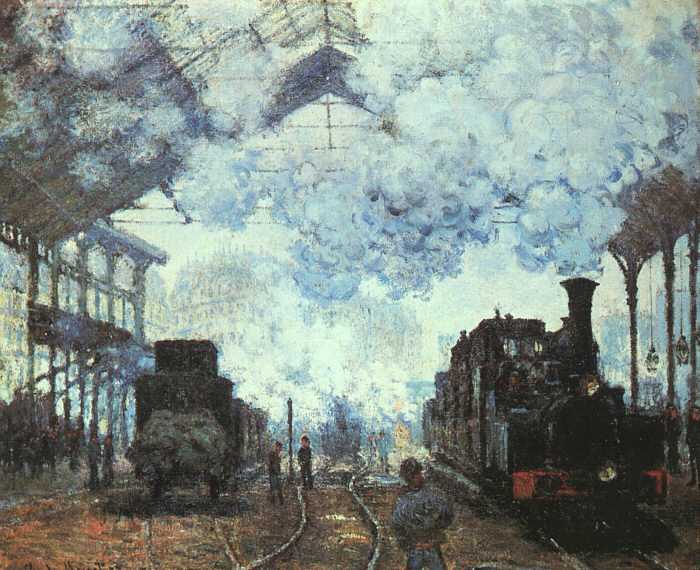

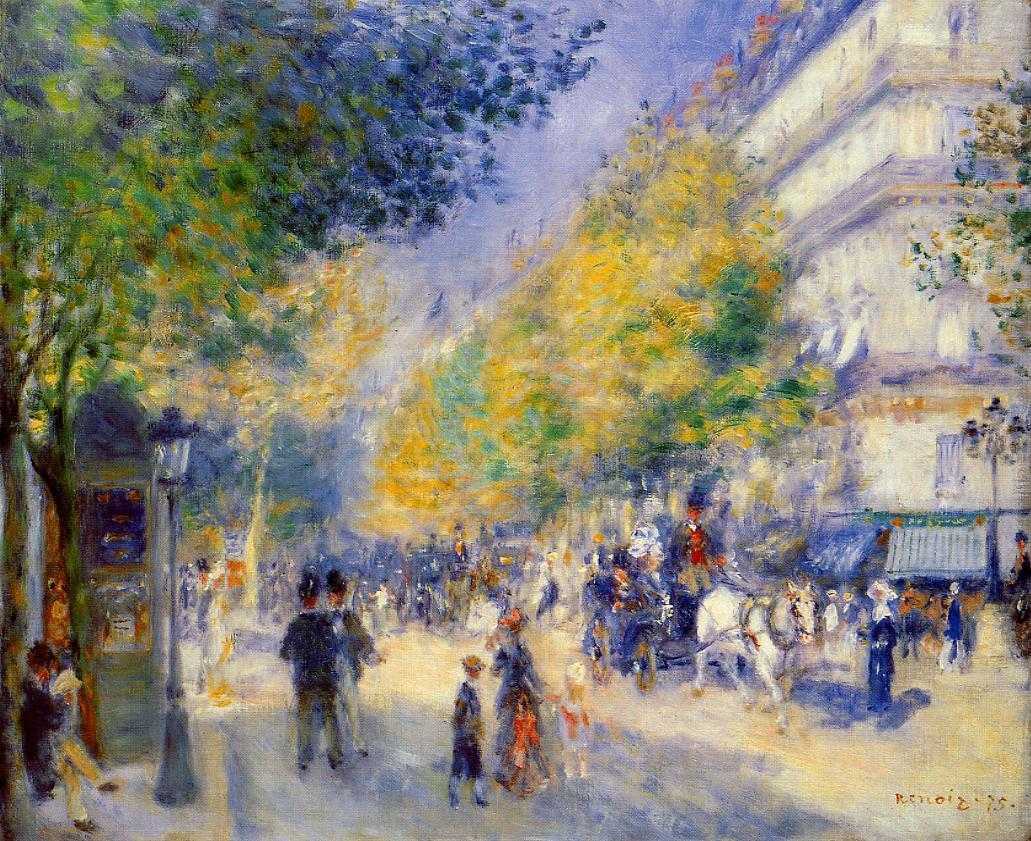
Abstract Expressionist
3,284 works of 20th century American abstract painting, including:
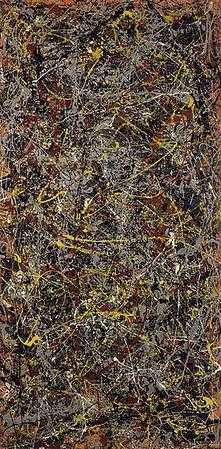
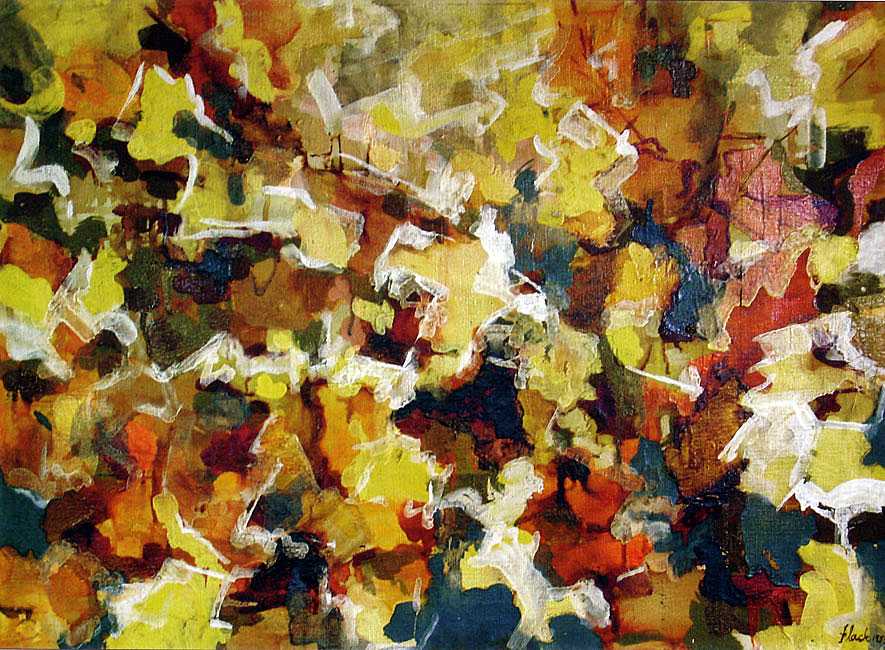
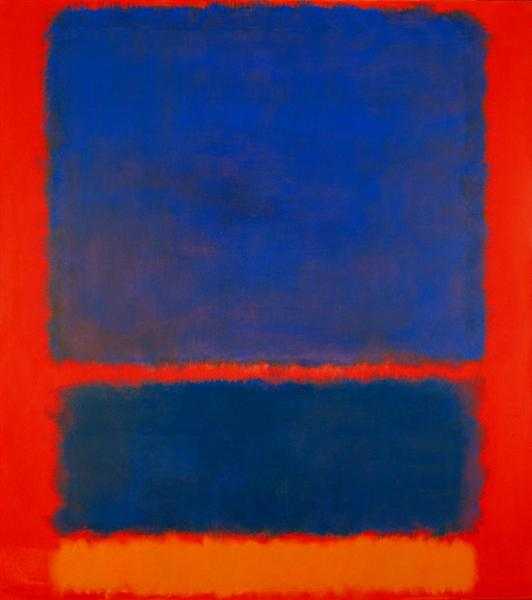
Experiments
Output Canvas Size
Output canvas size is a parameter of the network architecture. It determines how large of an image the neural network will output.
I observed that the image would become increasingly complex and phenomena within the image would become disjoint and seemingly haphazard as image size was increased.
Training Time
Training time refers to how long we train the network before generating images. A training epoch is one pass through all the images in the training dataset. In my experiments, I generated images after 300, 600, 900, and 12,000 epochs.
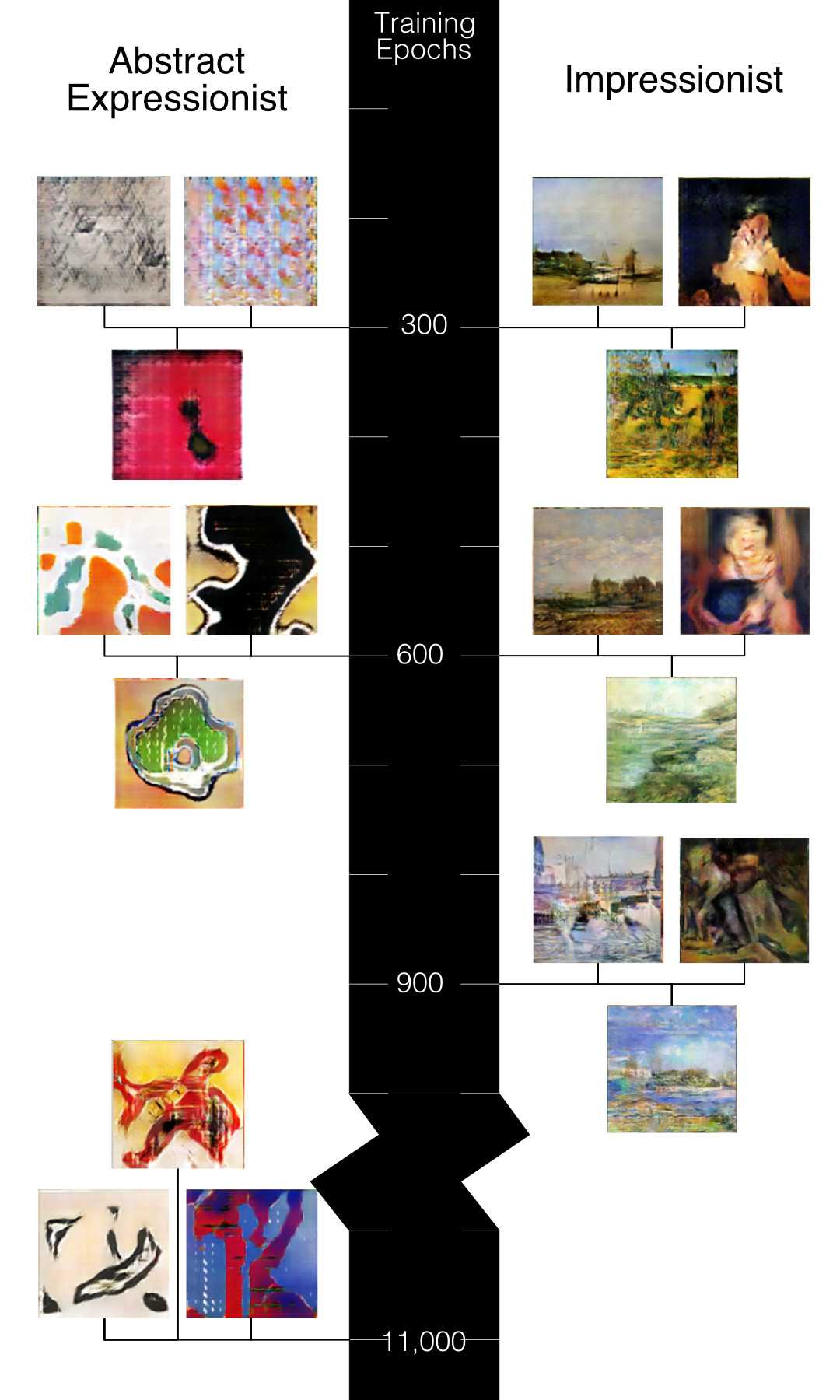
Curation
Over the course of my thesis work, I generated approximately 150,000 images. On this page, I have only presented 30 images. While the neural network can continue generating images indefinitely, it is up to the artist to select the images that capture their artistic visions and elevate those as "art".
Here are some of my favorite images:
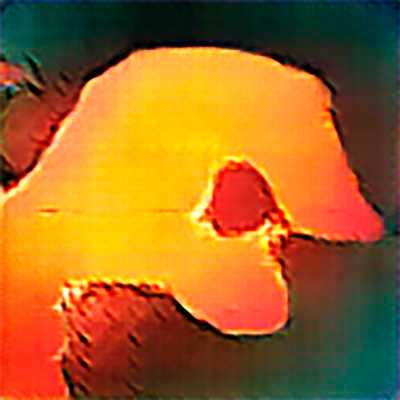
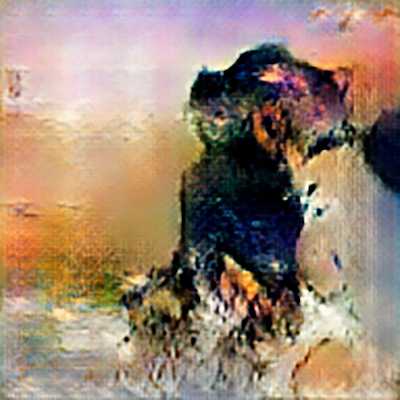
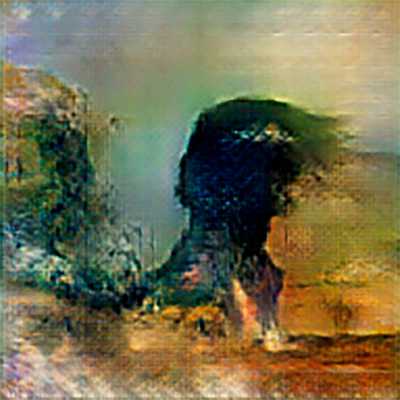
UI Prototype
After these experiments, the value of GANs to artists was clear. However, to conduct these experiments, I had to write code in Python and use the command line: barriers that make GANs inaccessible to those without tech backgrounds. Therefore, I proposed a simple graphical user interface to make the technology more accessible.